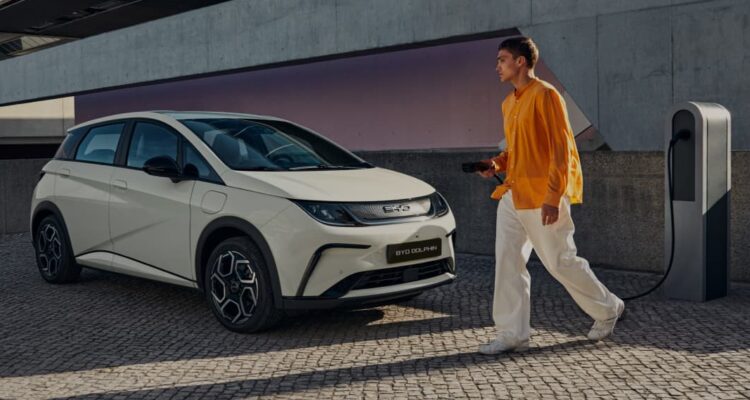After a recent EU decision to impose a 38% tariff on all Chinese built electric cars imported into the EU, China threatened to impose tariffs on goods and produce imported from the EU.
In a significant move towards addressing these rising trade tensions, the European Union (EU) and China have agreed to initiate talks concerning tariffs on electric vehicles (EVs) imported from China, as well as broader trade relations. However, China has demanded that the tariffs are removed by the 4th July.
This decision marks a pivotal step in fostering dialogue between two of the world’s largest economic powers, both of which are grappling with the complexities of modern trade dynamics and environmental policies.
Context of the Agreement
The agreement to begin talks comes amid a backdrop of increasing scrutiny over China’s burgeoning EV industry. European manufacturers have raised concerns over the competitive pressures posed by Chinese EVs, which have rapidly gained market share due to the high levels of subsidy and support by the Chinese government.
The European automotive sector, a cornerstone of the EU’s economy, has lobbied for protective measures against what it perceives as unfair competition stemming from state subsidies and favourable industrial policies enjoyed by Chinese manufacturers.
Objectives of the Talks
The primary objective of these talks is to establish a balanced framework that addresses the tariff concerns of both parties. For the EU, the goal is to ensure a level playing field for its automotive industry, which is undergoing a transition towards electrification. By negotiating tariffs, the EU aims to protect its domestic market from an influx of inexpensive Chinese EVs while promoting fair trade practices.
From China’s perspective, entering these negotiations demonstrates a willingness to engage with global trade rules and address concerns about its trade practices. China seeks to maintain access to the lucrative European market for its EVs, which are central to its strategy for economic growth and technological leadership in green technologies.
Despite the positive outlook, several challenges lie ahead. Bridging the gap between the EU’s demands for fair competition and China’s industrial policies will require substantial negotiation and compromise. Both sides will need to address underlying issues of trust and transparency to make meaningful progress.



















